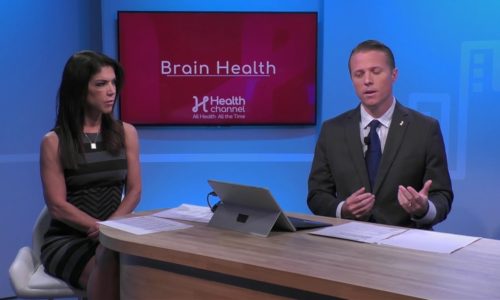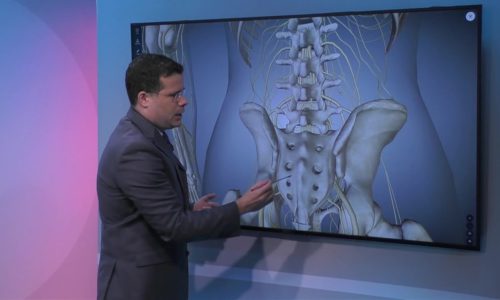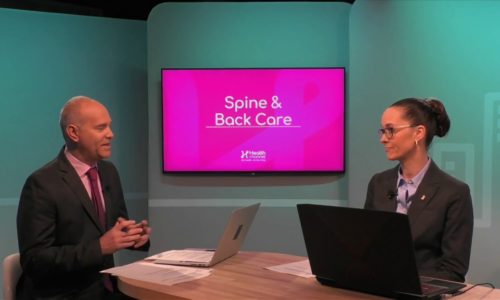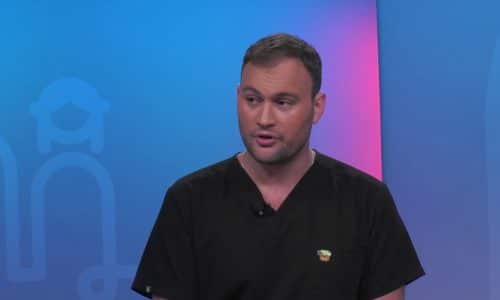Spinal Degenerative Disc Disease |
Dr. Georgiy Brosuvanik, Spine Surgeon with Baptist Health South Florida, explains spinal degenerative disc disease starts when the discs collapse. “Discs maintain the space between bones, if the disc becomes sufficiently small, the nerve becomes compromised and then patients start to develop pain that goes from their back down to their extremities.”
He also says the time that takes to see a huge collapse in the discs varies, but most patients do not need surgery.
Learn more here: Degenerative Disc Disease Symptoms, Causes, Treatments and more.
Transcript
we’re gonna transfer you once again to our 3d image because I want to show what a degenerative disc looks like and we’ll talk about what this person would be experiencing so explain what happens when these discs and you see those little red alerts what’s going on there sure so these are the bones these are the discs now imagine this is a normal disc and these you see have become they become collapsed and you see they’re this kind of it looks like a lip on top of bone there’s a called osteophytes and this is a sign of a degeneration but look these yellow lines represent nerves now these disks they maintain the space between bones where a discs exit if the disc becomes sufficiently small the nerve becomes compromised and then patients start to develop pain that goes from their back down to their extremities that’s usually when patients come and see me and doctor how long does it take for that to start degenerating which there you can see a huge collapse good question it varies I would say as early as mid 30s as Larry right so it varies especially in case where the generation is superimposed on top of idiopathic scoliosis but most patients do not need surgery most patients can be made better with conservative means








